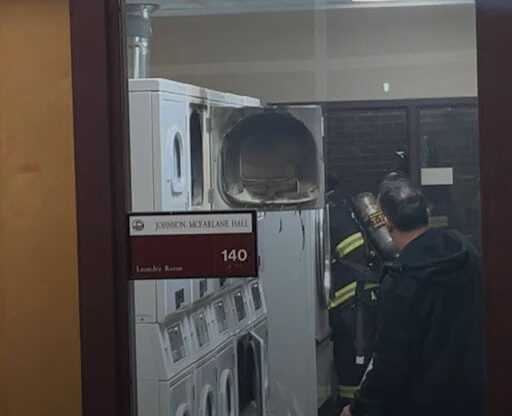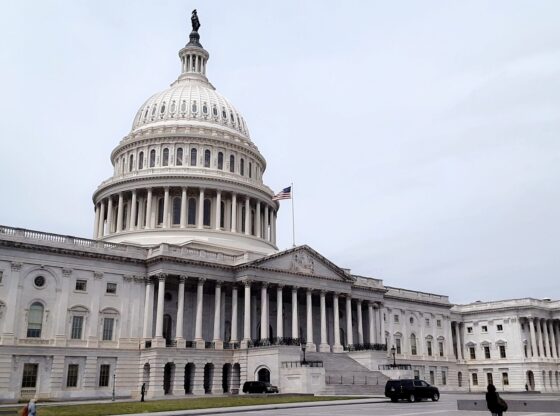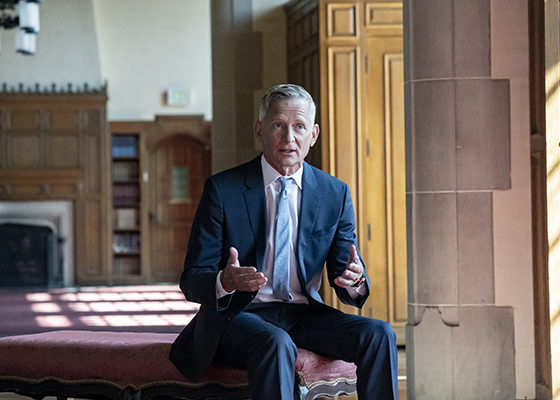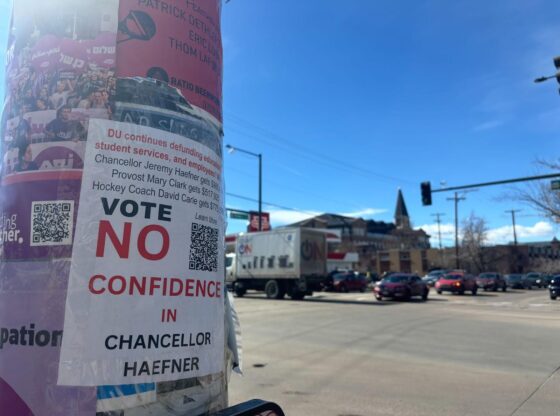Monique Garcia, a second year biology major and first-generation college student, didn’t, “feel like [she] was truly a part of a solid community on campus until the beginning of [her] second year.”
When DU admitted its most diverse incoming class ever this fall, the university also experienced a dramatic increase in the number of students who identified themselves as first-generation. Fully 20 percent of students completing their first term at DU this fall will be the first in their family to complete a college degree. According to the Postsecondary National Policy Institute, nationally, most first-generation college students are nonwhite, come from lower-income backgrounds and face multiple barriers to entering college. It’s likely that they have never been exposed to the rules of a successful college career, and their first time setting foot on the campus of a predominantly white institution (PWI) may come with both social and academic culture shock, according to experts in the field.
The experience of moving into your dorm during orientation week and feeling like everyone has known each other prior to move-in might be daunting for anyone. However, for first-generation students, this is a feeling that lingers, according to Garcia.
Establishing strong study habits during the fast-paced quarter system can keep these students from being able to integrate themselves in other organizations on campus, as Jorge Porras, a second year accounting major, now serving as the Latinx Student Alliance (LSA) treasurer added,
“The culture shock is incredible,” He continued, “The university, plain and simple, is not very first-generation friendly.”
Supporting First Generation Students
Hernan Dominguez, a second year international business major, described the issue of getting students of color more involved in the campus community through his first-generation lens as well.
“DU’s campus hosts an invisible barrier that blocks minority students from getting involved outside of the expected social groups—a barrier that only we as minorities can see,” he said.
Dominguez currently serves as the president for LSA, and he mentioned that a priority in the organization is to make sure that first year students are made aware of their presence.
“We want to make sure that even before the quarter starts our first year Latinx students know that there is a space for them on campus,” Dominguez said.
Students like Dominguez and Porras have taken positions of leadership in affinity groups because they understand the difficult transition that students of color go through when attending a PWI. Student affinity groups, like LSA, work to ease that transition. They hope to tear down the invisible barrier.
Tearing Down the Invisible Barrier
Student affinity groups often work with The Center for Multicultural Excellence (CME), which, “challenges the University of Denver community to create a campus climate that ensures all of its members are valued, supported and thrive by embracing and engaging our social identities.”
For Chiemerie Ogbonnaya, a second year molecular biology major and the current president of the Black Student Alliance (BSA), “[CME] is a place where students of color, LGBTQIA+, religious differences, and many more can go and feel welcomed. There is something homey about recognizing there are many others who are eager to learn and educate others in this space.”
What comes out of the offices in CME are often efforts to promote diversity, celebrate culture and provide opportunities for students to have conversations around their identities, something that their regular courses often do not offer the opportunity to do. As one example, this fall, CME celebrated the grand opening of the University of Denver Pride Lounge, DU’s first dedicated space for the LGBTQIA community, on Thursday, Oct. 26 in Centennial Halls.In collaboration with the DU Queer Student Alliance, CME works to serve their underrepresented students on campus, finding ways to improve their experience on campus—finding ways to tear down their invisible barrier.
The work of CME and the university’s affinity groups includes not only providing a brave space for students of color, but also offering opportunities for other students on campus to hear about the experiences and cultures that students of color bring to DU.
A recent example of this was a joint event organized by the Native and Latinx Student Alliances. They invited Lyla June, a well-known musician, poet and community organizer to speak. Along with performances by local poets, the night was tailored to educate the community on Native and Latinx culture considering the recent debates revolving around the #NoMorePios campaign.
Addressing the First Generation Barriers
However, considering the growing number of first generation students on campus, leaders in CME say that they are hoping to better serve this population of students with their pilot program, “1GenU.” Founded by Alfredo Gallegos, the assistant director of Student Success, 1GenU is a program that is designed to support and assist first-generation students with navigating campus resources, developing strong academic and social skills and ultimately helping students adjust to collegiate life at DU.
“Students are connected not only with people within the program, but they are encouraged to branch out and get involved elsewhere as well,” said Garcia, who works on developing the program.
Dominguez feels that, “It is an awesome program that has the potential to make a big difference in the first-generation community.” What he felt was most important was that, “the program allows for first-gen students to come in already knowing some familiar faces, and that creates a community.”
Tearing down the invisible barrier is often as simple as seeing a familiar face, according to James Artis, a second year double major in hospitality and business and the campus ambassador for the National Society of Minorities in Hospitality, who feels that CME for him is, “A place where I feel I can be my true authentic self.”
What programs like 1GenU, departments like CME and student affinity groups like LSA are doing is just that: giving underrepresented students on campus a chance to become acquainted with a group of familiar faces. The hope is that through a proactive and intentional effort to educate each other on different cultures and experiences, a familiar face won’t be that hard to come by.











